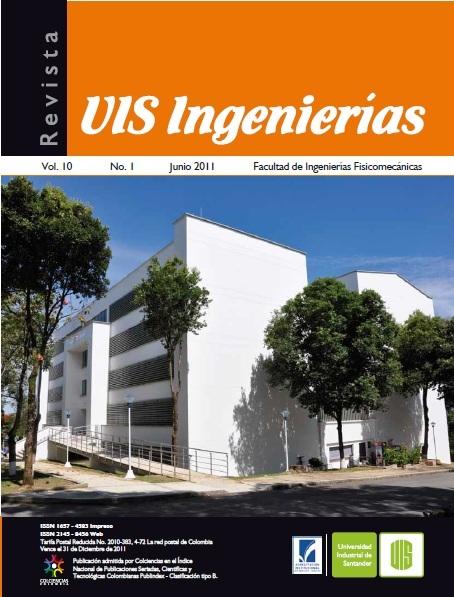Publicado 2011-06-15
Palabras clave
- pronóstico,
- suavizado exponencial,
- modelos ARIMA,
- perceptrones multicapa,
- modelos nolineales
Cómo citar
Resumen
Las redes neuronales artificiales son una importante técnica en el pronóstico de series de tiempo no lineales. Sin embargo,el entrenamiento de las redes neuronales es una tarea difícil, a causa de la presencia de muchos puntos óptimos localesy a la irregularidad de la superficie de error. En este contexto, es muy fácil obtener modelos sub-entrenados o sobreentrenadossin poder de pronóstico. Así, los investigadores y los profesionales necesitan contar con criterios para detectaresta clase de problemas. En este artículo, se demuestra que el uso de metodologías bien conocidas en el pronóstico deseries de tiempo lineales, tales como la metodología de Box-Jenkins o los modelos de suavizado exponencial, son valiosasherramientas para detectar modelos de redes neuronales mal especificados.
Descargas
Referencias
- D. van Djck Smooth Transition Models: Extensions and Outlier Robust Inference [PhD thesis]. Erasmus University - Rotterdam. 1999.
- M.P. Clements, P.H. Frances and N.R. Swanson. “Forecasting economic and financial time-series with non-linear models”. International Journal of Forecasting, vol. 20, 2004, pp.168-183
- G. Zhang, B. Patuwo and M. Hu. “Forecasting with artificial neural networks: the state of the art”, International Journal of Forecasting, vol. 14, 1998, pp. 35–62.
- I. Kaastra, and M. Boyd. “Designing a neural network for forecasting financial and economic series”, Neurocomputing, vol. 10, 1996, pp. 215– 236.
- Y. LeCun, L. Bottou, G.B. Orr and K.-R. Muller. “Efficient Backprop. En Neural Networks - Tricks of the Trade”. Springer Lecture Notes in Computer Sciences 1524, 1988, pp. 5-50.
- U. Anders and O. Korn. “Model selection in neural networks”, Neural Networks, vol. 12, 1999, pp. 309-323.
- S.G. Makridakis, S.C. Wheelwright and R.J. Hyndman. Forecasting: Methods and applications. 3rd edition. New York. John Wiley & Sons. 1998.
- W. Sarle. “Neural networks & and statistical models”, Proceedings of the Nineteenth Annual SAS Users Group International Conference. April, 1994 The 19th Annual SAS Users Group Int. Conference. Cary, NC: The SAS Institute, 1994, pp. 1538-1550.
- G. Cybenko. “Approximation by superpositions of a sigmoidal function”, Mathematics of Control: Signals and Systems, vol. 2, 1989, pp. 202–314.
- T. Masters, T. Practical Neural Network Recipes in C++ (1ra. Ed). San Diego, CA, USA Academic Press Professional, Inc. 1993.
- T. Masters. Neural, Novel and Hybrid Algorithms for Time Series Prediction (1ra ed.). New York, NY, USA. John Wiley and Sons. 1995.
- P. Sánchez y J.D. Velásquez. “El rol del algoritmo de entrenamiento en la selección de modelos de redes neuronales”. Revista U.D.C.A. Actualidad & Divulgación Científica, vol. 14, no. 1, 2011, pp. 149-156.
- M. Ghiassi, H. Saidane and D.K. Zimbra. A dynamic artificial neural network model for forecasting time series events. International Journal of Forecasting, vol. 21, 2005. pp. 341- 362.
- M. Pant, R. Thangaraj, R. y A. Abraham, “DEPSO: a new hybrid meta-heuristic for solving global optimization problems”. New Mathematics and Natural Computation, vol. 7, no. 3, 2011, pp. 363-381.
- SAS. The SAS System 8e for MS-Windows, Release 8.02, SAS Institute Inc. 2001
- SPSS. Clementine Data Mining System, Version 5, SPSS, Inc. 1998.
- R.J. Hyndman and Y. Khandakar. “Automatic Time Series Forecasting: The forecast Package for R”. Journal of statistical software, vol. 27, No. 3, July 2008.

